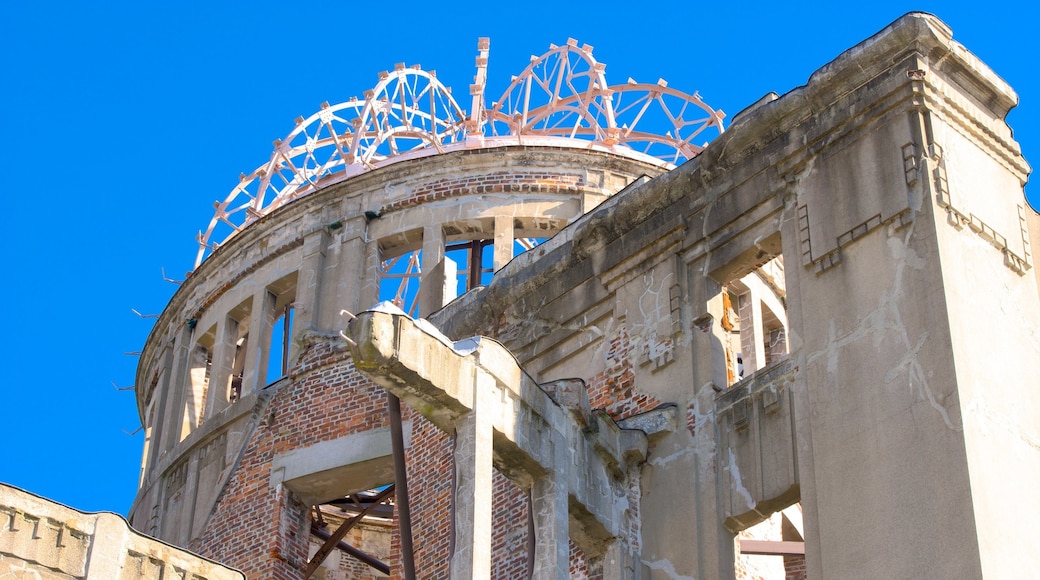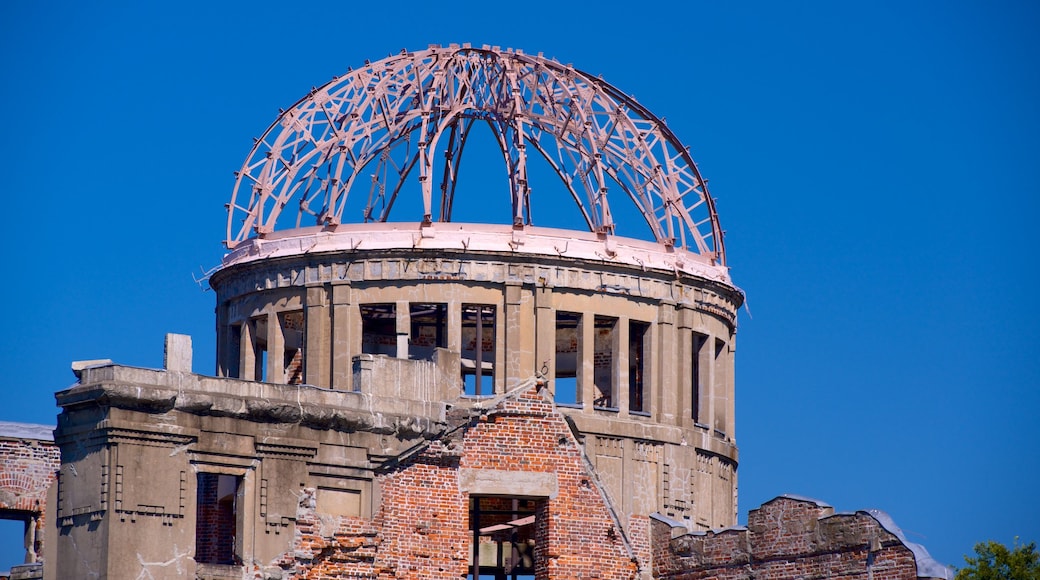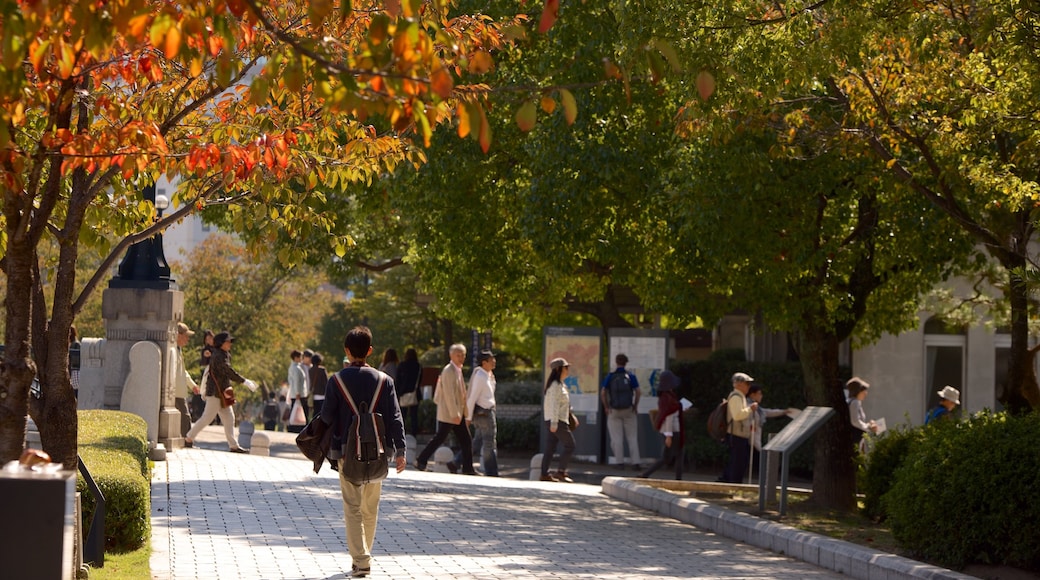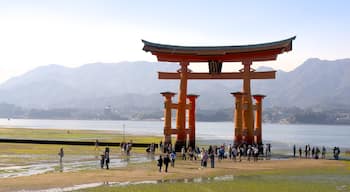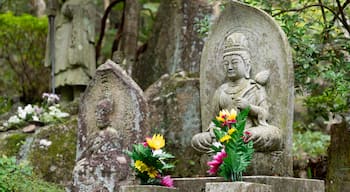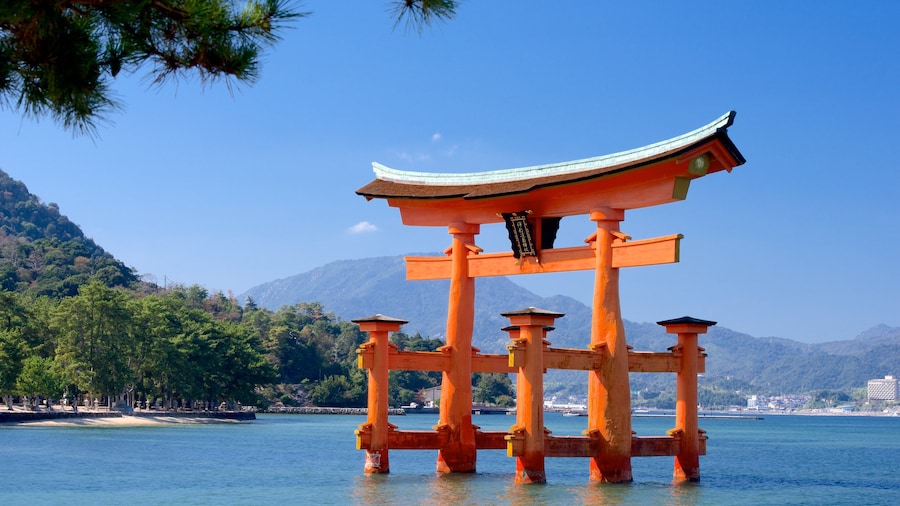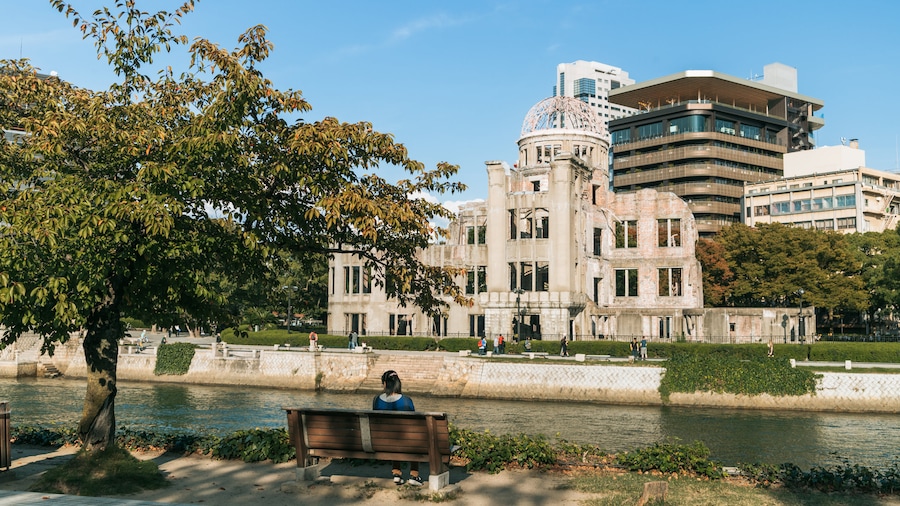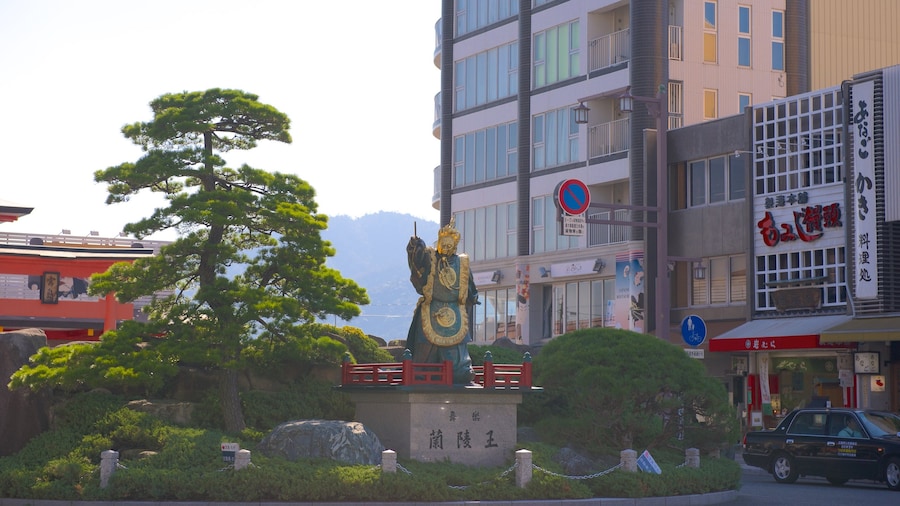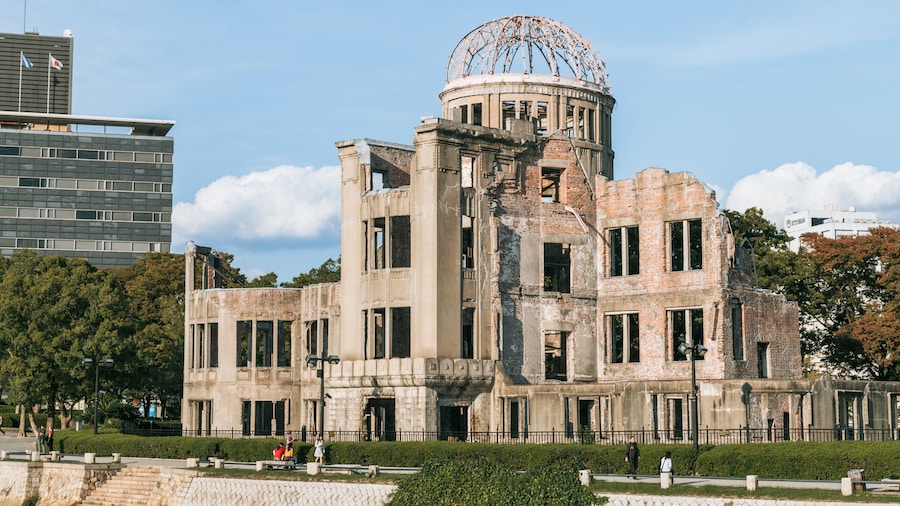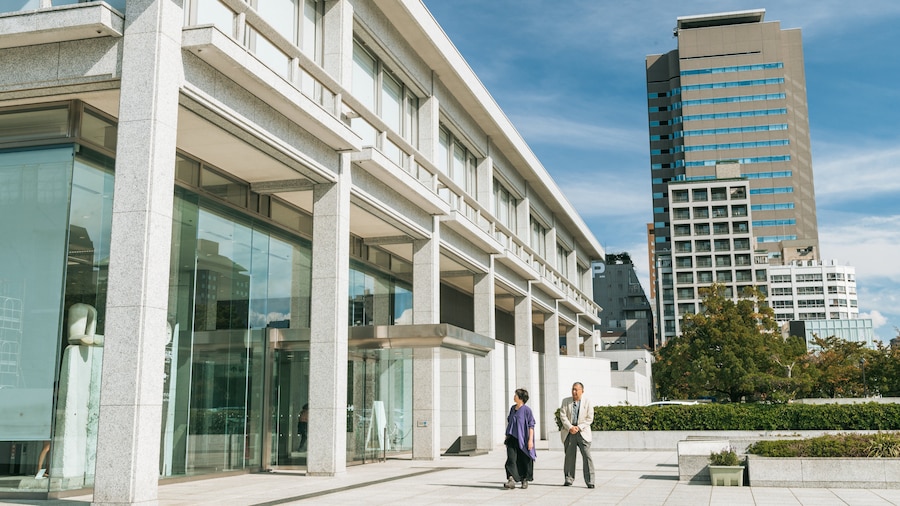Modern-day Hiroshima is a bustling city of more than a million people. Its skyscrapers and flashing lights belie the devastation that took place on August 6, 1945, when an atomic bomb was dropped on the city. Despite the city's revitalisation, there are many monuments and museums dedicated to the blast. There’s more to Hiroshima than this infamous event, though, and you’ll also find excellent gardens, old temples, and great art museums.
Head to the sobering Hiroshima Peace Memorial Park to explore the history and aftermath of the blast. Visit the site's Memorial Museum to see items from the bomb site, learn how the city became a target and read accounts from survivors. Move on to the building known as the "Atomic Bomb Dome" it was almost directly beneath the bomb when it detonated and was one of the few buildings in the area not to be destroyed.
Keep walking around the park to find the Memorial Hall, where there’s a collection of names and photographs of those who died. The Children’s Peace Monument, the Flame of Peace, and dozens of other memorials are also in the park. For more museums and information, check out the Honkawa and Fukuromachi Elementary School Peace Museum. Re-energise at the stunning Shukkei-en Gardens. There are ponds, bridges and beautifully arranged plants among which to relax. For lunch, be sure to try Hiroshima-style Okonomiyaki, a Japanese-style pancake with savoury ingredients.
One of Hiroshima's hidden gems is the 9th-century Mitaki Temple. Head here on a rainy day, which keeps the crowds away and adds to the serene atmosphere. Another temple of Shingon Buddhism is the Fudoin Temple although it was only a few miles from the centre of the blast, it survived with relatively minor damage. Explore Samurai culture at the museum, which is inside the fully rebuilt Hiroshima Castle. Art lovers should check out to the Hiroshima Museum of Art for a look at works by both Western masters and Japanese artists. For modern and contemporary pieces, drop by the Prefectural Art Museum or the Hiroshima City Museum of Contemporary Art.
